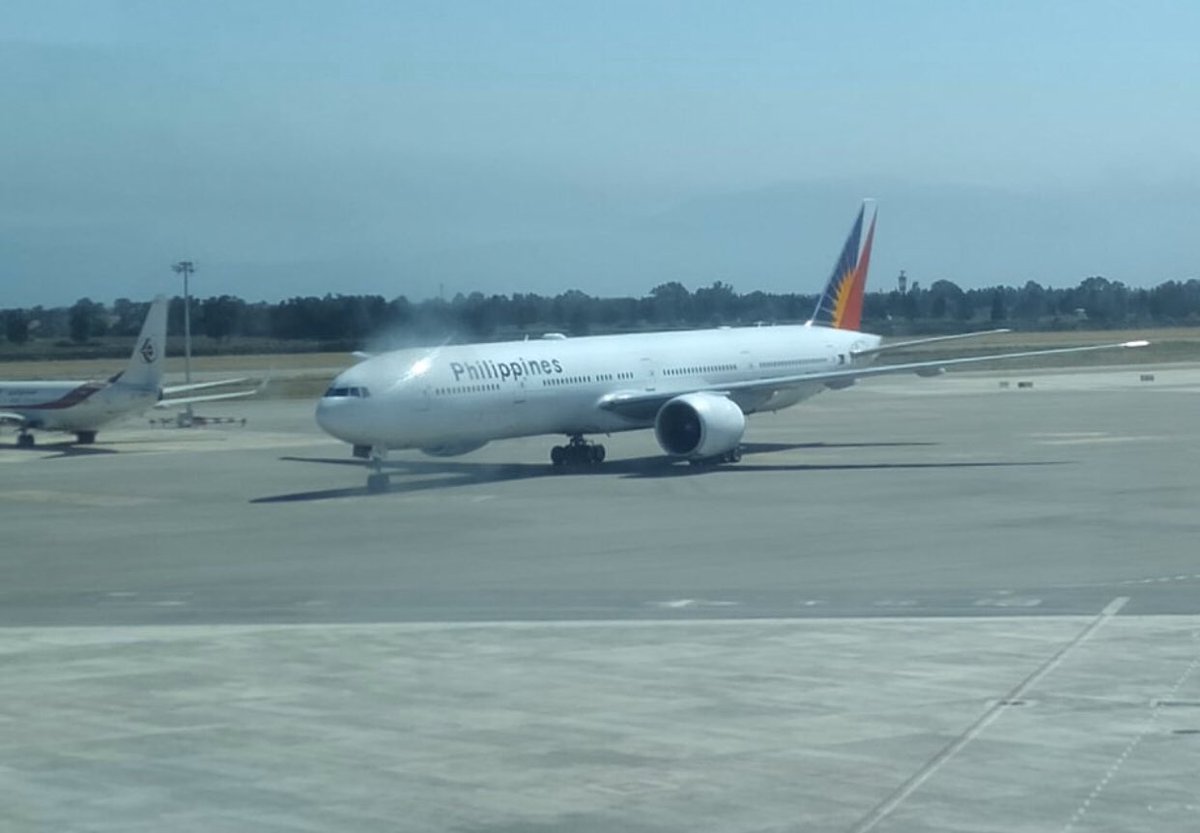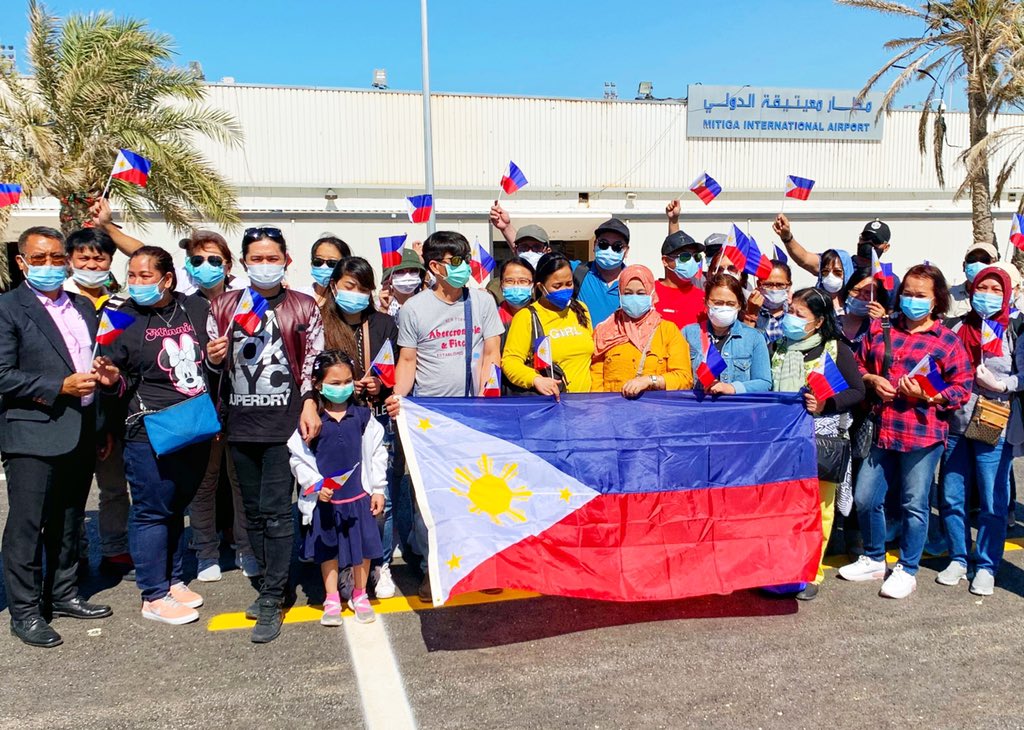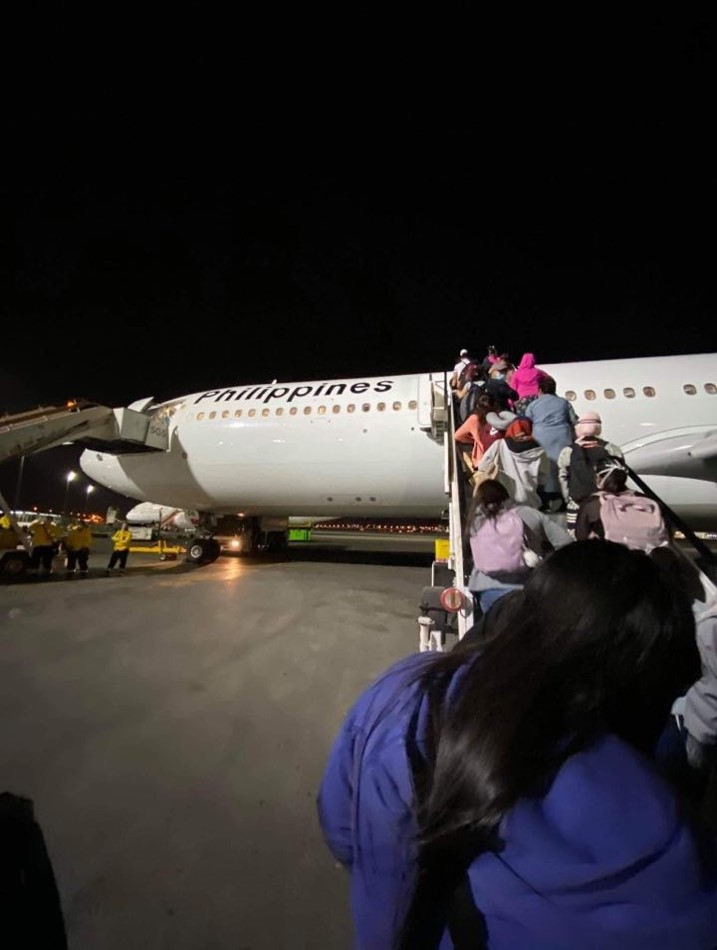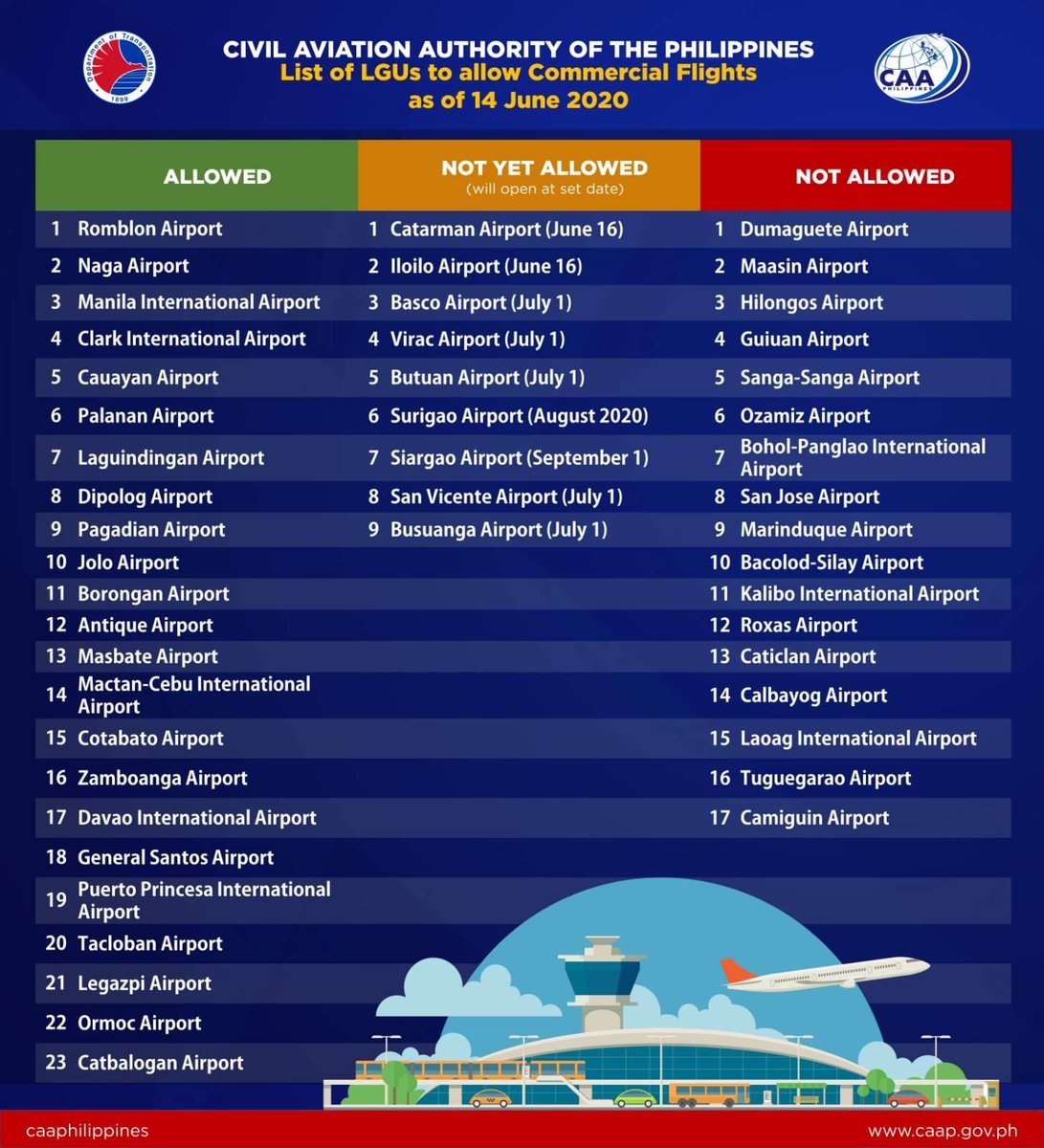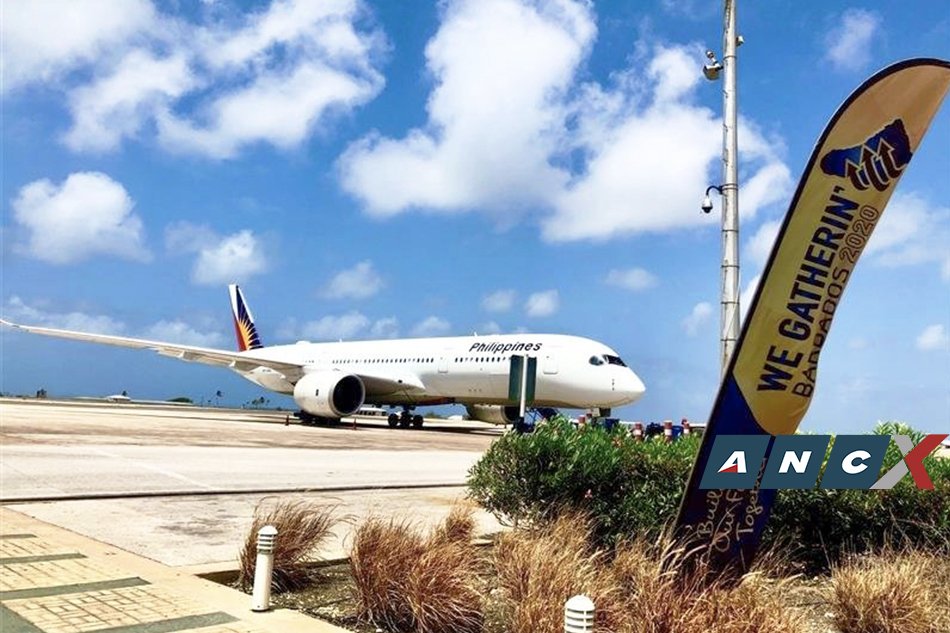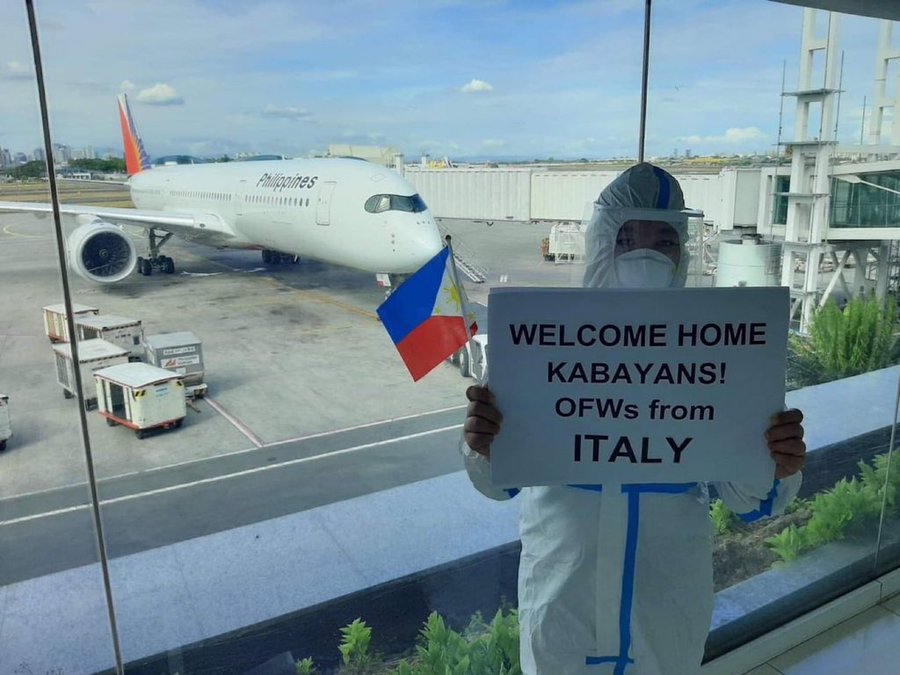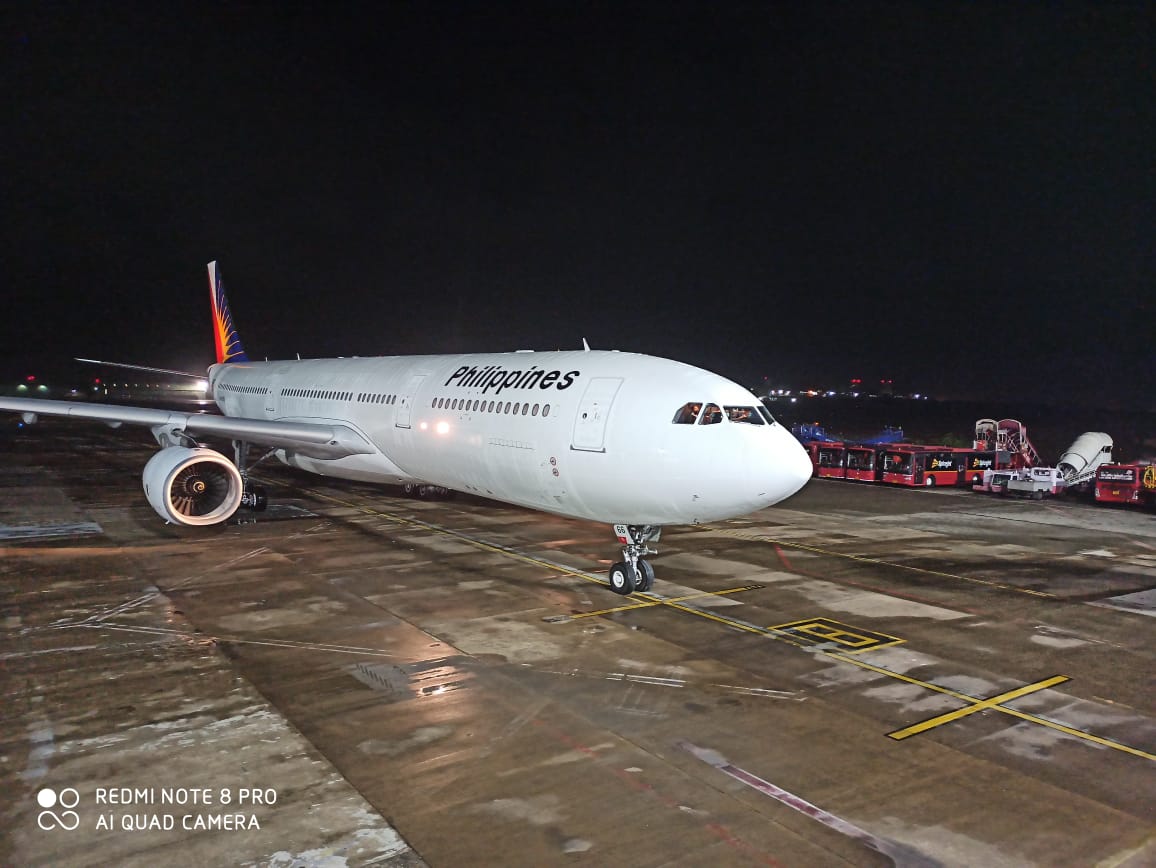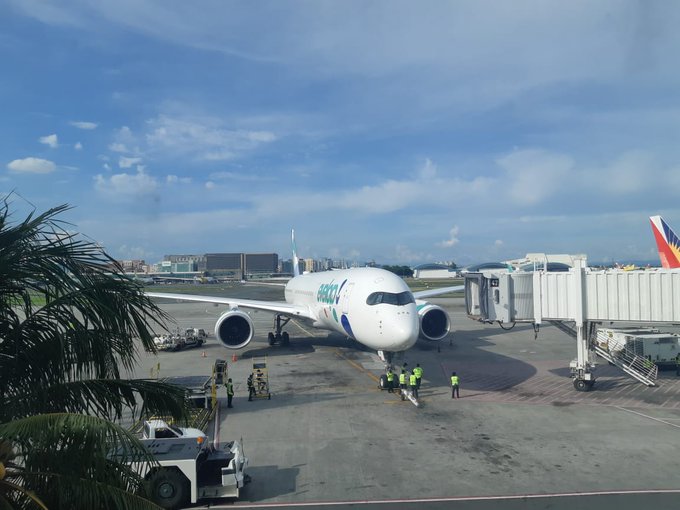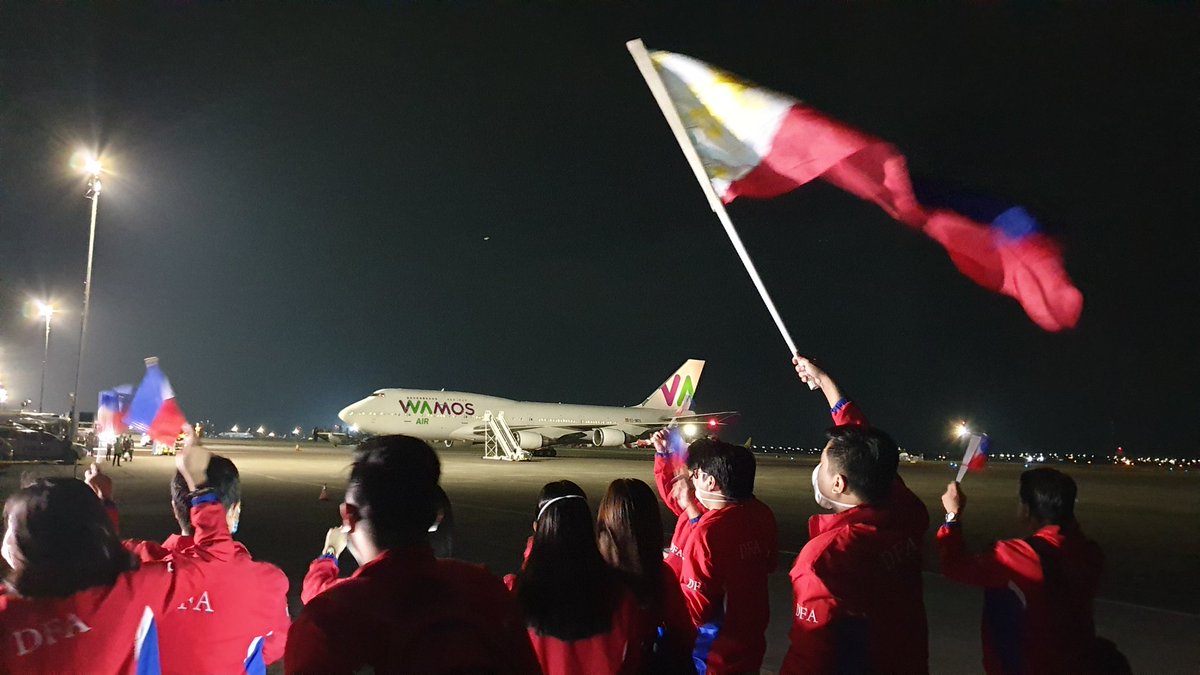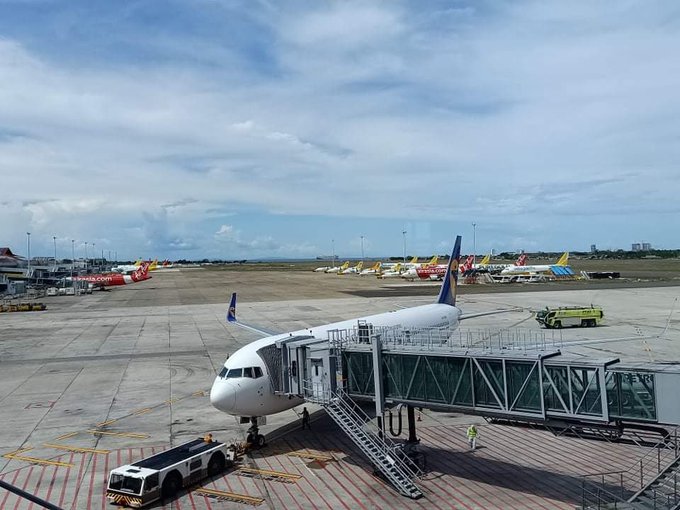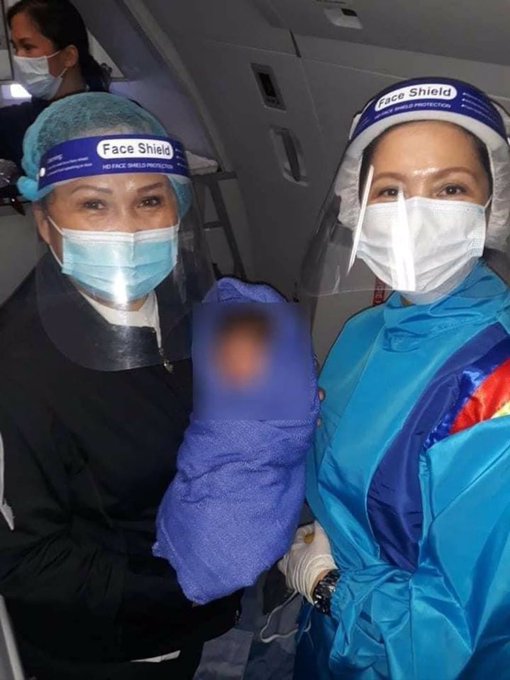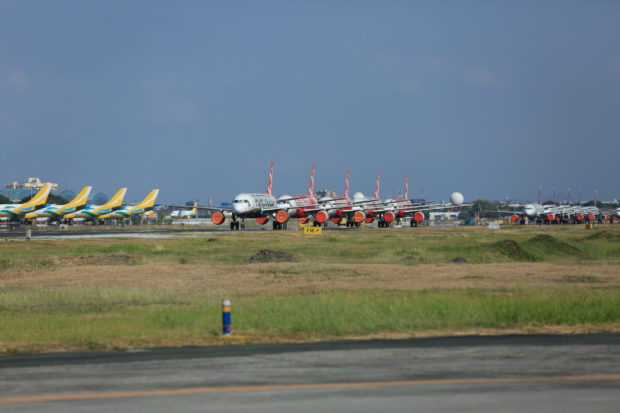By Miguel R. Camus
Philippine Daily Inquirer
The new coronavirus that causes Covid-19 forced millions of travelers to stay home, but airline mechanics and engineers have kept themselves busy in air hubs nationwide. Their primary mission these past two months: ensuring that their sleeping fleets are in tiptop condition.
Their efforts will soon bear fruit. The government is relaxing quarantine rules in their main hub in Metro Manila on Monday, allowing local airlines to resume operations.
Throughout the lockdown, the maintenance staff of carriers such as Philippine Airlines (PAL), Cebu Pacific and AirAsia Philippines are among those at the front lines, performing essential work during the COVID-19 pandemic.
Unseen to most flyers are people like Rico Ugdoracion, maintenance operations director at Cebu Pacific.
“There’s no such thing as work from home for aircraft maintenance,” Ugdoracion said in an email to the Inquirer, adding that the major challenges for many in his team were coming to work and negotiating a number of checkpoints along the way.
Airlines strictly follow step-by-step maintenance procedures laid down by aircraft manufacturers such as Airbus and Boeing, according to Ugdoracion.
Dust, bird’s nests
Planes are made up of millions of parts, and those rendered stationary for lengths of time are just as complex to maintain as those flying regularly.
All sorts of issues can crop up in aircraft sitting idle and exposed to the elements, Ugdoracion said. Dust can get inside sensitive instruments, parts can corrode, and there are fuel leaks, flat tires and even the occasional beehive or bird’s nest.
“During the lockdown, where aircraft are parked for a long period, the regular maintenance tasks are replaced by parking and preservation procedures,” Ugdoracion said.
These preservation checks are done at intervals of seven days, 15 days and one month.
“The longer the planes stay parked, the more extensive the checks become,” an aircraft quality inspector at Philippine Airlines said in a separate interview.
Fuel tanks are loaded to at least 10 percent of their capacity, in order to keep them lubricated, he said.
According to an aircraft maintenance manual for PAL’s fleet of Boeing 777-300ERs, fuel tanks should be regularly drained and checked for corrosion. Biocides, chemical substances that kill microbes, are also put into the fuel tanks.
The batteries of most of their planes under preservation are disconnected, Ugdoracion said. These are reconnected during checks, and engines are switched on and left running for about 15 minutes.
Tire care, parts protection
Tires also need special care. To prevent flat spots from developing when idle for long, the wheel axle is regularly lifted using a jack and the wheels rotated so these do not get “out of round,” Ugdoracion said.
While planes sleep, it’s not just their engines that need to be covered to keep out foreign substances such as dust. Also needing protection are many other parts, such as auxiliary power units, drain valves and pitot tubes, which help pilots measure airspeed.
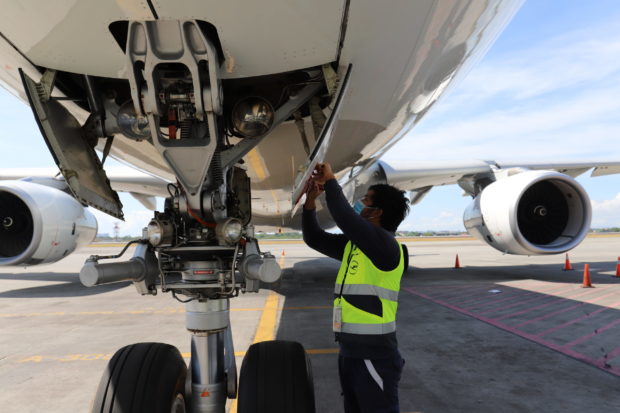 |
A MILLION PARTS TO MIND
Aircraft maintenance becomes more crucial, ironically, during the long period of rest for the passenger planes. The coronavirus pandemic and the ensuing lockdown have posed an unprecedented challenge for the aviation industry’s own “front-liners.” —CONTRIBUTED PHOTOS
|
Deep cleaning
As much care is taken inside the aircraft. PAL planes, for example, have passenger seats with monitors that are regularly checked, along with the overall functionality of the seats.
Emergency lights must always be working, and carpets are inspected for frayed edges.
Cleaning is another matter that is carried out regularly.
“Inside the aircraft, the cleaners use vacuums, cloth to wipe the seats and furnishings, and cleaning agents and disinfectants approved by the aircraft manufacturer. Full aircraft disinfection is a top priority for operational aircraft during this period,” Ugdoracion said.
Planes are also washed through a weekly “deep cleaning.” For an Airbus A320, the process requires two hours and eight people.
It is fortunate that the Philippines does not have an extreme climate, Ugdoracion noted.
Additional maintenance work is necessary in countries with freezing winters or searing temperatures, such as in the Middle East, where, he said, “even holding a tool that is exposed to the sun is a challenge.”
“In the Philippines, where it’s not too hot or cold, the weather is just perfect. But, of course, working at noon under the heat of the sun is a bit difficult, but manageable,” Ugdoracion said, adding:
“If it rains, then mechanics work with their raincoats on. The year-round [rain] is another thing.”
Most of the nearly 200 planes of PAL, Cebu Pacific and AirAsia Philippines are parked at Ninoy Aquino International Airport (Naia) in Manila and important hubs outside the capital such as Clark International Airport in Pampanga and Mactan Cebu International Airport.
Added pressure
Because of limited space and virtually zero demand during the lockdown, some of their narrow-body planes are parked on Naia’s runway 13/31.
Lufthansa Technik Philippines (LTP), an aircraft maintenance company and affiliate of PAL, witnessed the dramatic reduction of activity in the sector.
Daily flights fell to 10 per day from about 250 before the pandemic. Still, maintenance work continued for clients such as PAL, which mounted special flights to repatriate Filipinos overseas and supply crucial cargo such as food and medical equipment.
“Working during a scary pandemic situation has added pressure on us in line maintenance,” said aircraft mechanic Joseph Jemar Villanueva, who is assigned at LTP’s Manila operations.
“As part of LTP’s skeleton workforce, we understand that it is not just about doing a task but a balancing act of responsibly keeping a customer’s aircraft airworthy and released on time, as well as keeping ourselves safe and in good health condition for our family,” he added.
LTP provides its staff with full sets of personal protective gear and vitamins while sanitation booths are located at its facilities.
The maintenance steps being taken today will help the carriers ease into regular operations once the government lifts quarantine restrictions.
Dramatic changes
The flying experience will change dramatically by then.
Added health checks before departure and on disembarkation, physical distancing, mandatory wearing of face masks, health forms, and COVID-19 testing procedures are some changes that could make flying less comfortable.
But the airlines will ensure safety inside the aircraft.
Onboard meals will be handled more stringently, flight crew will wear personal protective gear, and physical distancing will be strictly implemented.
Modern planes are also equipped with so-called Hepa (high-efficiency particulate air) filtration systems that capture almost 100 percent of dust particles and contaminants such as viruses and bacteria. In other words, traveling by plane is a more sterilized experience than traveling by bus or train.
Airline officials said they were raring to restart flights. It will be up to the business managers, cabin crews, support personnel and, ultimately, flyers themselves to ensure that our airlines will keep soaring.

 29 June 2020
29 June 2020
